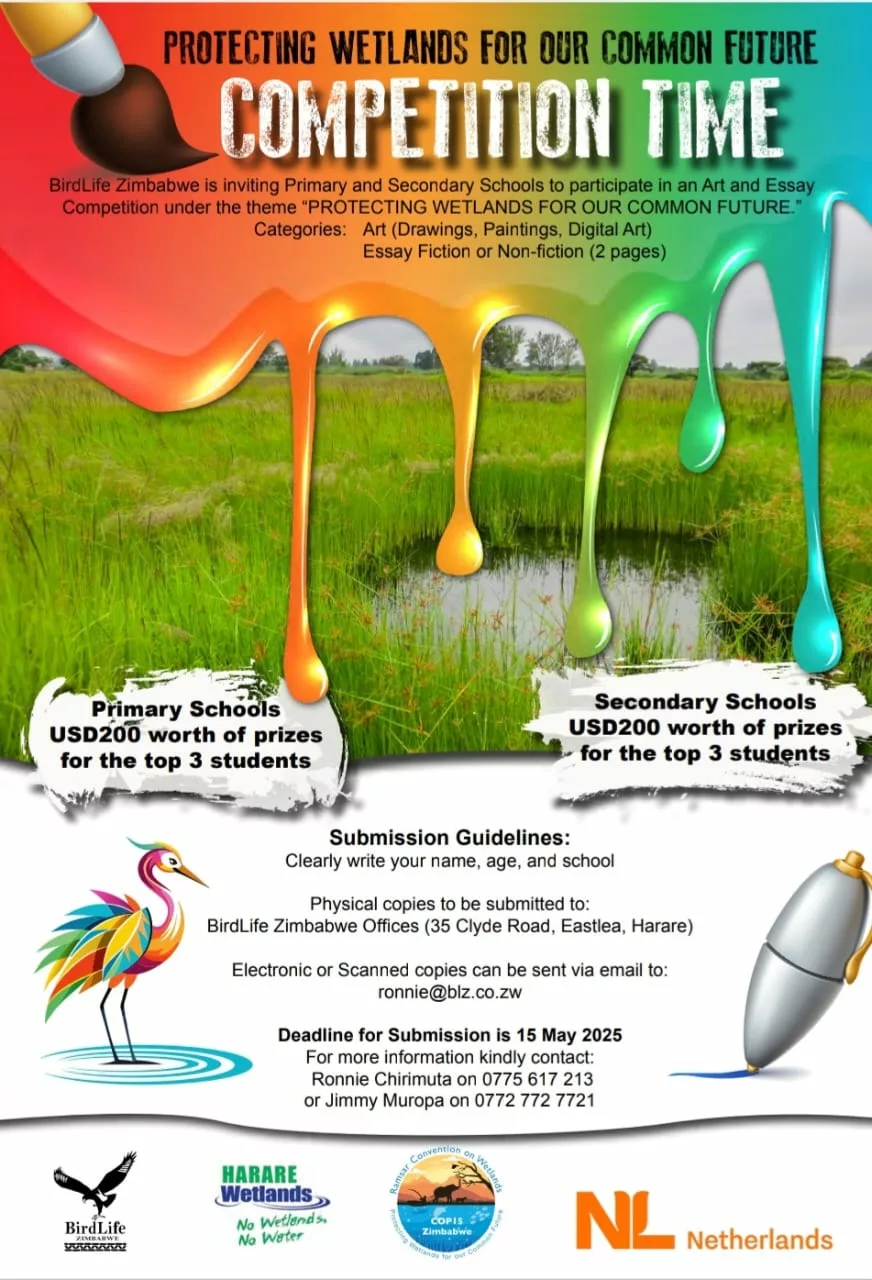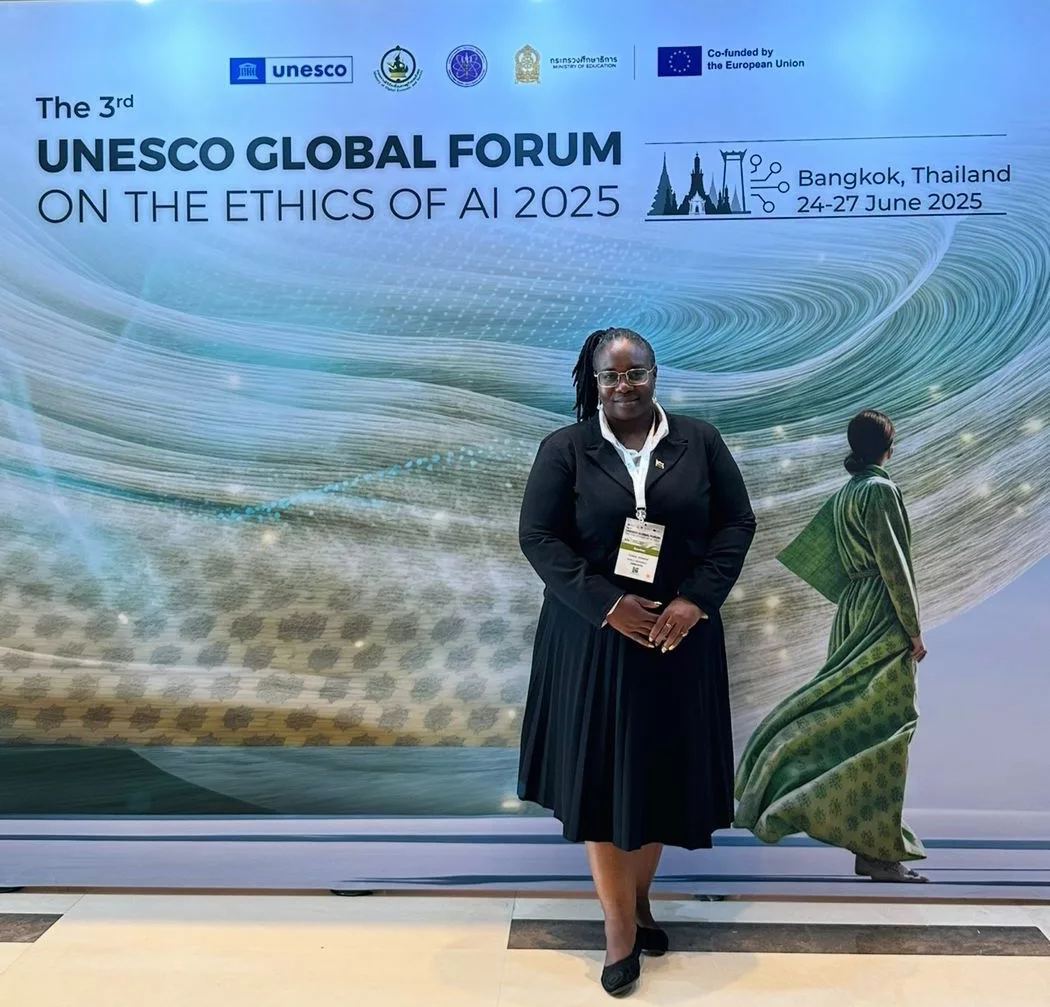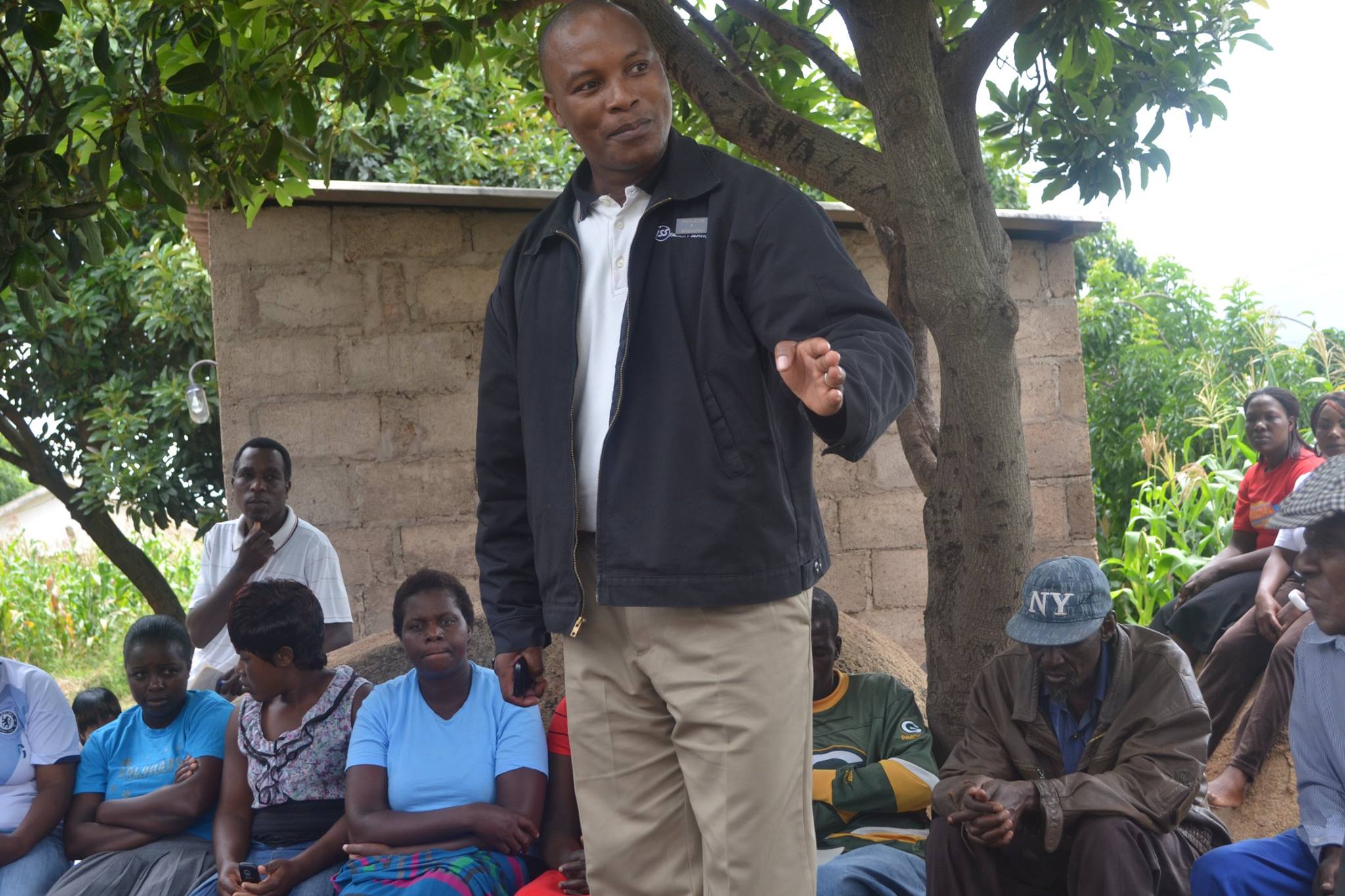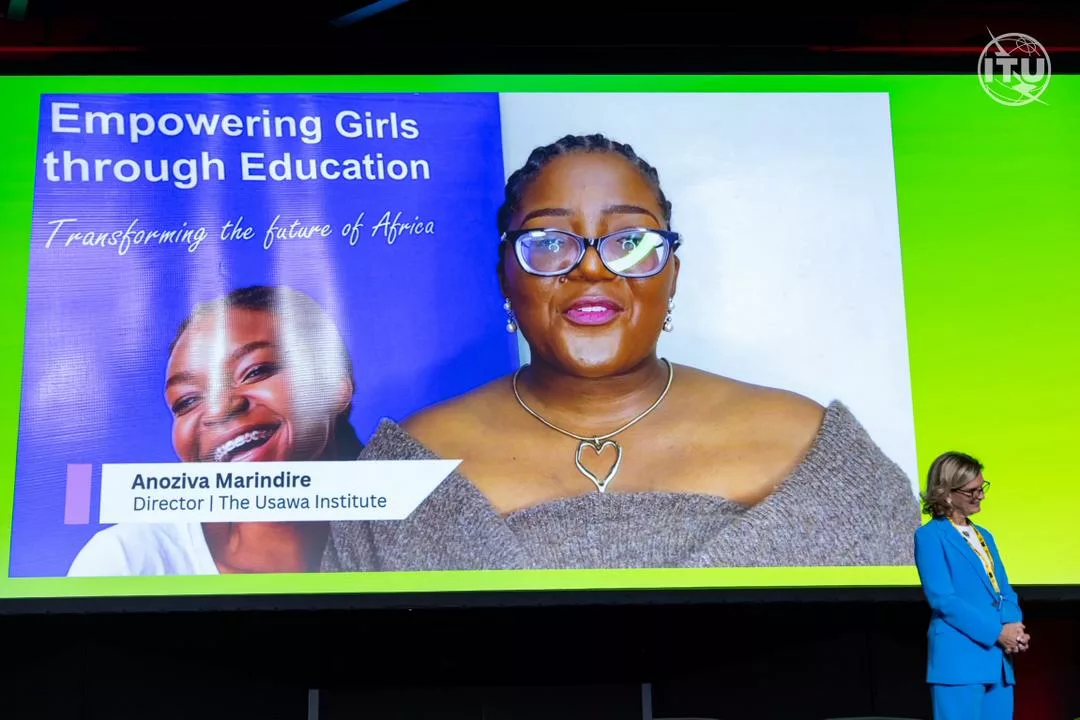|
Getting your Trinity Audio player ready...
|
Writes Edgar Gweshe
Birdlife Zimbabwe (BLZ), in collaboration with the Harare Wetlands Trust (HWT) and the Netherlands Embassy in Zimbabwe, has launched an art and essay competition aimed at raising awareness on wetlands protection.
The competition, being held under the theme, “Protecting Wetlands for Our Common Future” is open to primary and secondary school students.
Categories for the competition include art (drawings, paintings, and digital art) and essay fiction or non-fiction.
The deadline for submission of entries is 15 May 2025.
The theme for the competition is in line with the 2025 Ramsar Convention 15th Conference of Parties to be hosted by Zimbabwe in Victoria Falls in July this year.
The event will mark the 15th meeting of the Conference of the Contracting Parties to the Convention on Wetlands.
The summit will bring together representatives from over 170 countries to discuss the conservation and sustainable use of wetlands.
The event comes against a background of the continued degradation of wetlands in Zimbabwe amid calls for an all-stakeholders approach to preserve, restore, and protect the wetlands.
According to the Environmental Management Agency (EMA), 82% of the country’s wetlands are moderately to severely degraded, with only 18% remaining in a relatively undisturbed state.
As a signatory to the Ramsar Convention on the protection of wetlands, Zimbabwe has seven internationally recognised wetlands with four of them located outside of Harare.
These are Chinhoyi Caves, Mana Pools, Victoria Falls National Park, and Driefontein Grasslands.
Harare has 3 wetlands recognised under the Ramsar Convention namely Lake Chivero, Cleveland Dam, and Monavale Vlei.
However, Harare’s headwater wetlands, like many around the world, are under significant pressure from a range of human activities leading to their rapid degradation and loss.
Factors leading to the destruction of wetlands in Harare include the drainage and conversion of wetlands for infrastructure development, crop cultivation, corrupt land allocations, pollution from solid waste and sewage as well as sand mining, particularly noted in the Cleveland Dam Catchment area.
Statistics show that over the last two decades, Harare has lost 50% of its wetlands and stakeholders have pointed the need for urgent action to save the remaining wetlands.
Harare depends on its headwater wetlands for water supply and the continued destruction of these water sources poses a significant threat to the sustainable development of the city.
According to the Programmes Manager for the Zimbabwe Wetlands Trust (ZWT), Selestino Chari, the COP15 Summit provides an ideal opportunity to strengthen local, regional, and international commitments to wetlands protection.
“This high-profile event offers a pivotal opportunity to advance both national and regional commitments to wetlands and biodiversity conservation. The timing is also aligned with the United Nations’ Decade on Ecosystem Restoration (2021-2030), which calls for urgent efforts to restore degraded ecosystems and protect those that are under threat.
Improved management and protection of wetlands are essential to ensuring healthy ecosystems that can provide clean water, support biodiversity, and contribute to national development goals.
Wetland conservation directly supports the objectives of Zimbabwe’s National Development Strategy 1 (NDS1), including the attainment of national biodiversity and livelihood objectives. Furthermore, it aligns with global targets under the Kunming-Montreal Global Biodiversity Framework, the Sustainable Development Goals (SDGs), and the climate action goals by enhancing carbon capture, local climate regulation, and resilience to climate change,” said Chari.






